Welcome to our free classical music site

Do you write about classical music? Are you a blogger? Want to team up with Classical Connect? Send us a message, let's talk!

Do you write about classical music? Are you a blogger? Want to team up with Classical Connect? Send us a message, let's talk!
This Week in Classical Music: January 2, 2023. Yes, 2023! The first week of the year is rich in pianistic talent: January 5th alone is the birthday of three tremendously gifted pianists, Arturo Benedetti Michelangeli (born in 1920) Alfred Brendel (1931), and Maurizio Pollini (1942).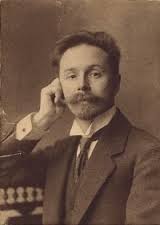 The Russian composer Alexander Scriabin was also born this week, on January 6th of 1872. Scriabin, himself a piano virtuoso, wrote many pieces for the instrument: numerous preludes, etudes, impromptus, mazurkas, poèmes, and ten numbered sonatas, not counting two early piano pieces in that form. We thought that we would find some Scriabin recordings by our pianists to celebrate both their art and that of the composer, but alas, there were none. Michelangeli had a rather limited repertoire, Brendel’s was much broader but even though he did play some 20th-century music, he mostly concentrated on German classics. What surprised us the most was the absence of Scriabin’s recordings in Pollini’s discography. Pollini played so many composers, from Bach to Luigi Nono, that we thought he would’ve recorded some Scriabin along the way, but we were mistaken: not a single record exists. Whether Pollini played Scriabin in concerts we don’t know, so we had to turn to a great interpreter of Scriabin’s music, Sviatoslav Richter. Here’s Sonata no. 5 in F sharp major, Op 53, recorded by Richter in Prague on September 24, 1972.
The Russian composer Alexander Scriabin was also born this week, on January 6th of 1872. Scriabin, himself a piano virtuoso, wrote many pieces for the instrument: numerous preludes, etudes, impromptus, mazurkas, poèmes, and ten numbered sonatas, not counting two early piano pieces in that form. We thought that we would find some Scriabin recordings by our pianists to celebrate both their art and that of the composer, but alas, there were none. Michelangeli had a rather limited repertoire, Brendel’s was much broader but even though he did play some 20th-century music, he mostly concentrated on German classics. What surprised us the most was the absence of Scriabin’s recordings in Pollini’s discography. Pollini played so many composers, from Bach to Luigi Nono, that we thought he would’ve recorded some Scriabin along the way, but we were mistaken: not a single record exists. Whether Pollini played Scriabin in concerts we don’t know, so we had to turn to a great interpreter of Scriabin’s music, Sviatoslav Richter. Here’s Sonata no. 5 in F sharp major, Op 53, recorded by Richter in Prague on September 24, 1972.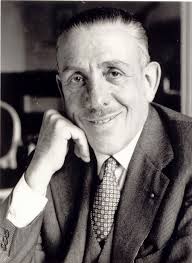
The wonderful French composer Francis Poulenc was also born this week, on January 7th of 1899. Soirées de Nazelles (Nazelles evenings) is a set of variations that Poulenc composed between 1930 and 1936 (Nazelles is a small town on the Loire not far from Tours). Here’s the description at the top of the score, written by Poulenc himself: “The variations that form the center of this work were improvised at Nazelles during long country evenings wherein the composer played "portraits" for friends gathered around his piano. We hope that these variations, each one somewhere between a first draft and a finished work, will have the power to evoke this game in the spirit of a Touraine region living room – with a window open to the night.” Here’s Soirées de Nazelles performed by the French pianist Pascal Rogé.
PermalinkThis Week in Classical Music: December 26, 2022. End of Year. This year will be remembered for the brutal, unprovoked war Russia unleashed against Ukraine in February. Peace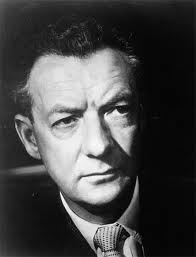 in Europe has failed, yet again, but this time to an extent not seen since WWII. And yet again we see that culture doesn’t help us to fight evil: the country of Tolstoy and Tchaikovsky is killing people very much like the country of Beethoven and Goethe was doing it eighty-some years ago. Neither words nor music, only deadly weapons can stop the aggressor. If we were to play some music to acknowledge the barbarity of the events, that would be Britten’s War Requiem. Written in 1961-62, the music was commissioned to mark the consecration of the Coventry Cathedral, recently rebuilt after being destroyed by German bombs during WWII. For the text of the Requiem, Britten used parts of the Latin mass and nine poems of Wilfred Owen, the English poet who died during the Great War just one week before the armistice (despite all the modern rocketry, what’s happening in Ukraine today reminds one of the hellish trench battles of WWI).
in Europe has failed, yet again, but this time to an extent not seen since WWII. And yet again we see that culture doesn’t help us to fight evil: the country of Tolstoy and Tchaikovsky is killing people very much like the country of Beethoven and Goethe was doing it eighty-some years ago. Neither words nor music, only deadly weapons can stop the aggressor. If we were to play some music to acknowledge the barbarity of the events, that would be Britten’s War Requiem. Written in 1961-62, the music was commissioned to mark the consecration of the Coventry Cathedral, recently rebuilt after being destroyed by German bombs during WWII. For the text of the Requiem, Britten used parts of the Latin mass and nine poems of Wilfred Owen, the English poet who died during the Great War just one week before the armistice (despite all the modern rocketry, what’s happening in Ukraine today reminds one of the hellish trench battles of WWI).
At the premiere of the Requiem Britten wanted to show the newfound European unity, inviting his friends from different countries to perform: the soprano Galina Vishnevskaya from the Soviet Union, Peter Pears, an Englishman, and Dietrich Fischer-Dieskau, a German. But there was no “unity” between the East and the West in 1962: the Soviet Government didn’t allow Vishnevskaya to travel to the UK and Heather Harper had to substitute on very short notice. Several months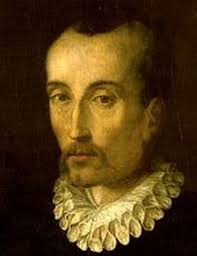 later the Soviets relented and let Vishnevskaya go to London to record the piece. It’s from this recording that we can hear the first movement, Requiem aeternam. Benjamin Britten conducts the London Symphony Orchestra.
later the Soviets relented and let Vishnevskaya go to London to record the piece. It’s from this recording that we can hear the first movement, Requiem aeternam. Benjamin Britten conducts the London Symphony Orchestra.
It became a tradition of sorts for us to celebrate the approaching New Year by commemorating the numerous composers of the Renaissance whose birth dates were lost in history. We regularly write about the “greats,” such as Guillaume Dufay, Josquin des Prez, Palestrina, Orlando di Lasso, and Tomás Luis de Victoria, but there are scores of talented composers born in the 16th and even 17th centuries that we often miss for the only reason that their birthdays are not fixed in the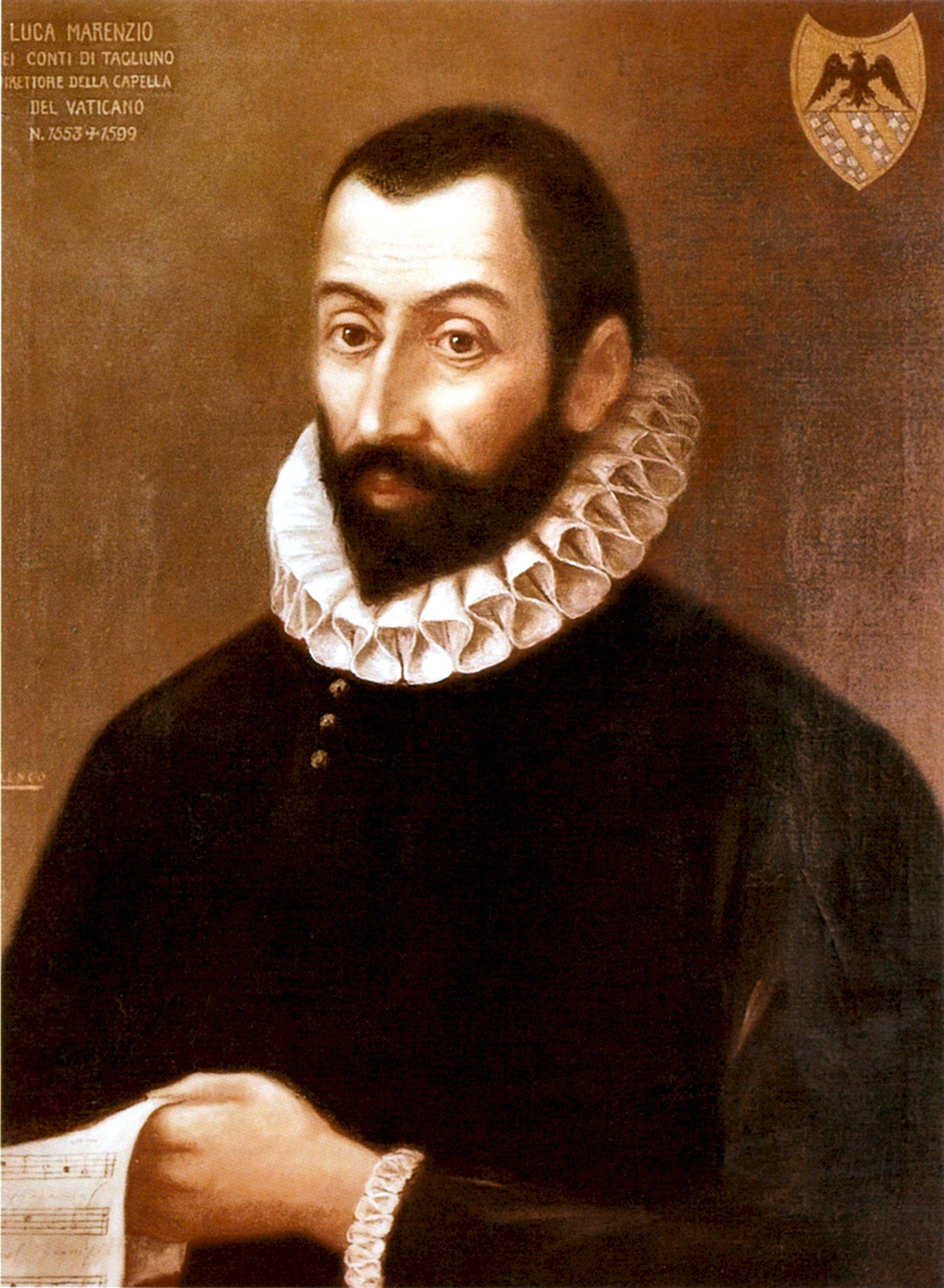 musical calendar. So here is a madrigal Queste Non Son Più Lagrime Che Fuore (These are no longer real tears which rise) by Giaches de Wert. It’s based on a canto from Orlando furioso, a poem by the great Italian poet Ludovico Ariosto and performed by the ensemble La Compagnia del Madrigale. Giaches de Wert was born in 1535 and spent many years at the courts of the Gonzaga and Este families in Mantua and Ferrara, then the musical centers of Italy. Luca Marenzio was 18 years younger than de Wert; he was also famous for his madrigals and also for many years served different branches of Estes and Gonzagas, though mostly in Rome and Florence. Here’s Amor, i' ò molti et molt'anni pianto (Love I've cried many and many years), Marenzio’s madrigal for five voices. It’s set to a text by Petrarch and is performed by the ensemble La Venexiana.
musical calendar. So here is a madrigal Queste Non Son Più Lagrime Che Fuore (These are no longer real tears which rise) by Giaches de Wert. It’s based on a canto from Orlando furioso, a poem by the great Italian poet Ludovico Ariosto and performed by the ensemble La Compagnia del Madrigale. Giaches de Wert was born in 1535 and spent many years at the courts of the Gonzaga and Este families in Mantua and Ferrara, then the musical centers of Italy. Luca Marenzio was 18 years younger than de Wert; he was also famous for his madrigals and also for many years served different branches of Estes and Gonzagas, though mostly in Rome and Florence. Here’s Amor, i' ò molti et molt'anni pianto (Love I've cried many and many years), Marenzio’s madrigal for five voices. It’s set to a text by Petrarch and is performed by the ensemble La Venexiana.
Happy New Year!
PermalinkThis Week in Classical Music: December 19, 2022. Puccini and Christmas. Giacomo Puccini was born this week, on December 12th of 1858. Not long ago we came across a story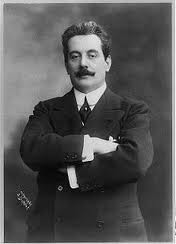 involving him, it’s interesting but rather circuitous so bear with us for a moment. It starts with Michael Haas, the author of a very interesting book, The Forbidden Music, the story of Jewish composers and musicians banned by the Nazis – we highly recommend it. Mr. Haas runs a blog which we also find interesting. One of the recent entries was devoted to the 1903 article by Eduard Hanslick who reviewed the performance of Puccini’s La Bohème at the Vienna Hofoper, the court opera, conducted by Gustav Mahler. It’s fascinating, but we need to set the scene and try to put things into perspective.
involving him, it’s interesting but rather circuitous so bear with us for a moment. It starts with Michael Haas, the author of a very interesting book, The Forbidden Music, the story of Jewish composers and musicians banned by the Nazis – we highly recommend it. Mr. Haas runs a blog which we also find interesting. One of the recent entries was devoted to the 1903 article by Eduard Hanslick who reviewed the performance of Puccini’s La Bohème at the Vienna Hofoper, the court opera, conducted by Gustav Mahler. It’s fascinating, but we need to set the scene and try to put things into perspective.
Eduard Hanslick was a famous music critic (we had an entry about him several years ago). He worked for a Viennese newspaper called Die Neue Freie Presse (The New Free Press). The newspaper, probably the most influential in the Austrian Empire, was unusual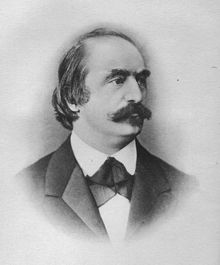 in that it employed a large number of prominent Jewish writers, including Theodor Herzl, the founder of Zionism. Julius Korngold, the father of the composer Erich Wolfgang Korngold, also Jewish, succeeded Hanslick as the chief music critic. Remember that Austria at that time was highly antisemitic; Karl Lueger, the Mayor of Vienna at the time, was one of the leading antisemites. Hanslick, who worked at the newspaper for 40 years, was enormously influential. He was a preeminent supporter of the music of Brahms and a critic of Wagner, Bruckner, and Hugo Wolf (he also disliked Tchaikovsky’s Violin concerto, saying that it “stinks to the ear”). This was the person who wrote a scathing review of Puccini’s La Bohème, a production mounted under the supervision of the then Director of Hofoper, Gustav Mahler, who also conducted the premiere.
in that it employed a large number of prominent Jewish writers, including Theodor Herzl, the founder of Zionism. Julius Korngold, the father of the composer Erich Wolfgang Korngold, also Jewish, succeeded Hanslick as the chief music critic. Remember that Austria at that time was highly antisemitic; Karl Lueger, the Mayor of Vienna at the time, was one of the leading antisemites. Hanslick, who worked at the newspaper for 40 years, was enormously influential. He was a preeminent supporter of the music of Brahms and a critic of Wagner, Bruckner, and Hugo Wolf (he also disliked Tchaikovsky’s Violin concerto, saying that it “stinks to the ear”). This was the person who wrote a scathing review of Puccini’s La Bohème, a production mounted under the supervision of the then Director of Hofoper, Gustav Mahler, who also conducted the premiere.
We know La Bohème as one of the most popular operas ever, and one of Puccini’s very best; it’s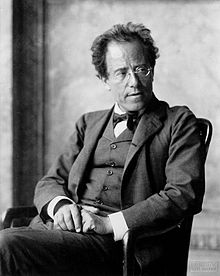 being staged constantly on every continent. In 1903, though, it was quite new: the premier was held in 1896 in Turin with the young Arturo Toscanini conducting. Practically at the same time Ruggero Leoncavallo, the author of Pagliacci, also wrote a La Bohème, now totally forgotten. It was based on the same book by Henri Murger and had a successful premiere; back then it wasn’t that clear which one was better (Hanslick, who hated both operas, didn’t hesitate to let us know which one he thought was worse). Then there is another aspect of the performance: in Austria, as in Germany, the UK, or Russia, operas were staged in the native language. Even though Hanslick liked the singing, La Bohème in German would probably grate our ears today. Finally, about the form of the article. It’s presented not as a brief review we would expect today but as a tremendously detailed, long account of all aspects of the performance. Some articles back then, called feuilleton, could run three-four pages – and people read them. This one is also long, so you may not want to read the whole thing, but skim it, it’s fun and Mr. Haas has wonderful photographs and musical snippets.
being staged constantly on every continent. In 1903, though, it was quite new: the premier was held in 1896 in Turin with the young Arturo Toscanini conducting. Practically at the same time Ruggero Leoncavallo, the author of Pagliacci, also wrote a La Bohème, now totally forgotten. It was based on the same book by Henri Murger and had a successful premiere; back then it wasn’t that clear which one was better (Hanslick, who hated both operas, didn’t hesitate to let us know which one he thought was worse). Then there is another aspect of the performance: in Austria, as in Germany, the UK, or Russia, operas were staged in the native language. Even though Hanslick liked the singing, La Bohème in German would probably grate our ears today. Finally, about the form of the article. It’s presented not as a brief review we would expect today but as a tremendously detailed, long account of all aspects of the performance. Some articles back then, called feuilleton, could run three-four pages – and people read them. This one is also long, so you may not want to read the whole thing, but skim it, it’s fun and Mr. Haas has wonderful photographs and musical snippets.
So here is the article. And here is O soave fanciulla from Act I, sung by Renata Tebaldi (Mimi) and Jussi Bjoerling (Rodolfo) in 1956. Hard to imagine that Hanslick didn’t like it.
And of course, Merry Christmas to all!
PermalinkThis Week in Classical Music: December 12, 2022. Beethoven. Ludwig van Beethoven was born in Bonn on the 16th of December of 1770. We wanted to celebrate Beethoven with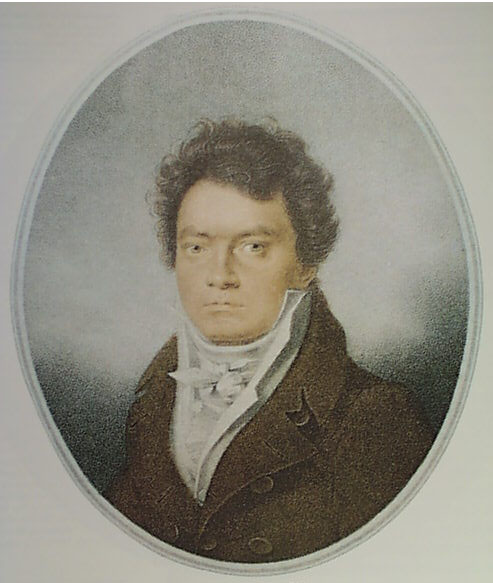 performances made by two musicians whose anniversaries we also commemorate this week, the pianist Rosalyn Tureck and the violinist Ida Haendel, but it turned out to be a more difficult task than we expected. We knew that Rosalyn Tureck, who was born in Chicago on December 14th of 1914 into a poor family of Jewish immigrants from Russia, was one of the most important interpreters of the music of Bach. So much so that Glenn Gould said in an interview that Tureck was his only influence. What we didn’t realize is how few recordings of Tureck playing music other than Bach’s there are. If you check out Discogs, that online bible of available recordings, you’ll find none, even though we know that in 1936, when she made her New York orchestral début she played Brahms's Piano
performances made by two musicians whose anniversaries we also commemorate this week, the pianist Rosalyn Tureck and the violinist Ida Haendel, but it turned out to be a more difficult task than we expected. We knew that Rosalyn Tureck, who was born in Chicago on December 14th of 1914 into a poor family of Jewish immigrants from Russia, was one of the most important interpreters of the music of Bach. So much so that Glenn Gould said in an interview that Tureck was his only influence. What we didn’t realize is how few recordings of Tureck playing music other than Bach’s there are. If you check out Discogs, that online bible of available recordings, you’ll find none, even though we know that in 1936, when she made her New York orchestral début she played Brahms's Piano 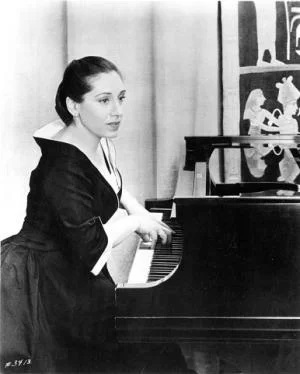 Concerto no. 2 with the Philadelphia Orchestra and earlier in her career played many concerts with a broad repertoire. All we could find for this occasion was her Carnegie Hall live recording of Beethoven’s Emperor concerto no. 5. It was radio broadcast on March 17th of 1940. On that occasion, Sir John Barbirolli conducted the New York Philharmonic Orchestra. Here are the second and third movements of the Concerto (we trimmed a very long ovation at the end).
Concerto no. 2 with the Philadelphia Orchestra and earlier in her career played many concerts with a broad repertoire. All we could find for this occasion was her Carnegie Hall live recording of Beethoven’s Emperor concerto no. 5. It was radio broadcast on March 17th of 1940. On that occasion, Sir John Barbirolli conducted the New York Philharmonic Orchestra. Here are the second and third movements of the Concerto (we trimmed a very long ovation at the end).
Ida Haendel was more of a surprise. We knew that Tureck specialized in Bach but we thought we’d find many Haendel recordings of Beethoven, considering that his 10 violin sonatas and the concerto are a staple of concert repertoires. That turned out tonot quite be the case. Haendel was 14 years younger than Tureck and also Jewish. She was born in Poland, but her family moved to Britain before WWII. Haendel was a real child prodigy. In 1935, at the age of seven, she participated in the first Henryk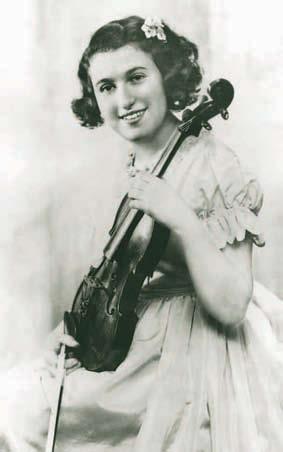 Wieniawski Violin Competition in Warsaw. It was a celebrated event, broadly covered by the European (and Soviet) press, and its results were surprising. The 16-year-old Ginette Neveu won the first prize, beating the already famous 29-year-old David Oistrakh, who took second. Another child prodigy, the 12-year-old Boris Goldstein took a rather disappointing fourth prize. But the greatest sensation was probably the performance of Ida, who took the 7th prize, ahead of scores of talented violinists. She went on to have a wonderful career and lived to the ripe age of 91, still performing into her eighties. She made a significant number of recordings, even though many of them were still mono. Among them are just two pieces by Beethoven, his Violin concerto and the Violin sonata no. 8. We know that she performed his other sonatas in concert, why she never recorded them is a mystery. Here’s a recording of Beethoven’s Violin Sonata no. 8 that Ida Haendel made in 1941. At that time she was 12 years old. Noel Mewton-Wood, then 18, is at the piano. (Mewton-Wood, a talented Australian-born British pianist, had a short life: in tragic circumstances he committed suicide at the age of 31.)Permalink
Wieniawski Violin Competition in Warsaw. It was a celebrated event, broadly covered by the European (and Soviet) press, and its results were surprising. The 16-year-old Ginette Neveu won the first prize, beating the already famous 29-year-old David Oistrakh, who took second. Another child prodigy, the 12-year-old Boris Goldstein took a rather disappointing fourth prize. But the greatest sensation was probably the performance of Ida, who took the 7th prize, ahead of scores of talented violinists. She went on to have a wonderful career and lived to the ripe age of 91, still performing into her eighties. She made a significant number of recordings, even though many of them were still mono. Among them are just two pieces by Beethoven, his Violin concerto and the Violin sonata no. 8. We know that she performed his other sonatas in concert, why she never recorded them is a mystery. Here’s a recording of Beethoven’s Violin Sonata no. 8 that Ida Haendel made in 1941. At that time she was 12 years old. Noel Mewton-Wood, then 18, is at the piano. (Mewton-Wood, a talented Australian-born British pianist, had a short life: in tragic circumstances he committed suicide at the age of 31.)Permalink
This Week in Classical Music: December 5, 2022. Ernst Toch. For the last several weeks we’ve been preoccupied with the music of Rome. It’s now time for us to get back to important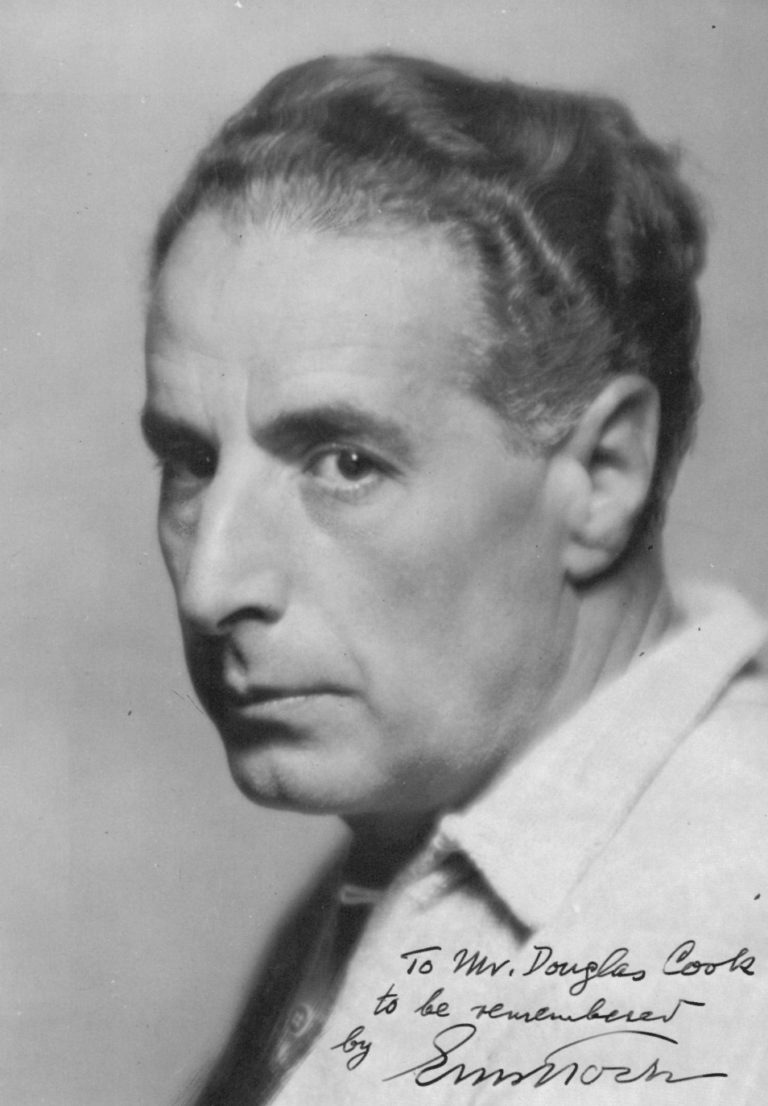 dates in the musical calendar. Today it’s about the composer who was very prominent early in the 20th century Europe but is practically forgotten these days, Ernst Toch. Toch was born on December 7th of 1887 in Leopoldstadt, the same poor Jewish district of Vienna where Arnold Schoenberg was born some 13 years earlier. Toch started composing early but for a while wasn’t sure what his real calling was: he studied philosophy and medicine at fine universities before turning to music full time. In 1909 his Quartet no. 6 was performed to great acclaim by the Rosé Quartet (the quartet, one of the best in Austria, was founded by Arnold Rosé, the longtime concertmaster of the Vienna Philharmonic Orchestra and Mahler’s brother-in-law). During WWI Toch served in the Austrian army in South Tyrol. The war affected him profoundly, and his post-war style changed from the late-Romantic to much edgier, sometimes atonal. Also at that time Toch moved from Austria to Mannheim, Germany. Here’s Toch’s Quartet no.9, from 1920, performed by the Verdi Quartet. And to compare, the lyrical Violin Sonata from the end of his early Romantic period; it’s performed by the violinist Annette von Hehn and the pianist Katya Apekisheva.
dates in the musical calendar. Today it’s about the composer who was very prominent early in the 20th century Europe but is practically forgotten these days, Ernst Toch. Toch was born on December 7th of 1887 in Leopoldstadt, the same poor Jewish district of Vienna where Arnold Schoenberg was born some 13 years earlier. Toch started composing early but for a while wasn’t sure what his real calling was: he studied philosophy and medicine at fine universities before turning to music full time. In 1909 his Quartet no. 6 was performed to great acclaim by the Rosé Quartet (the quartet, one of the best in Austria, was founded by Arnold Rosé, the longtime concertmaster of the Vienna Philharmonic Orchestra and Mahler’s brother-in-law). During WWI Toch served in the Austrian army in South Tyrol. The war affected him profoundly, and his post-war style changed from the late-Romantic to much edgier, sometimes atonal. Also at that time Toch moved from Austria to Mannheim, Germany. Here’s Toch’s Quartet no.9, from 1920, performed by the Verdi Quartet. And to compare, the lyrical Violin Sonata from the end of his early Romantic period; it’s performed by the violinist Annette von Hehn and the pianist Katya Apekisheva.
The 1920 were very productive for Toch: he composed two short operas, a Concerto for Cello, and several orchestral pieces. His works were regularly performed at the prestigious Donaueschingen Festival. All this ended in 1933 with Hitler coming to power. Toch, who was Jewish, moved to Paris, and from there to London. (An interesting aside concerning Toch’s stature in Germany at that time: he was in Florence in April and May of 1933 at the very first Maggio Musicale Festival, representing Germany along with Richard Strauss. From Florence he went to Paris, rather than returning to Germany). For a Jew, refugee life in Europe wasn’t easy, and in 1935 Toch moved to the US: he received a position at the New School for Social Research, or, as it was then known, the “University in Exile,” as many emigrees from Europe found jobs there. To support himself, he started writing music scores for movies, following the path of many exiled composers (Erich Wolfgang Korngold was the most successful of them), and eventually moved to California. All along he was trying to establish himself as a serious classical composer in the US – a position he rightfully held back in Europe. That didn’t work out, as the American public wasn’t very interested in his more modern compositions (though his film music was quite successful). After the war, Toch attempted to reestablish himself in Europe but that also didn’t work out: while “too radical” for the conservative late-1940s – early 1950s America, Toch wasn’t radical enough for the post-war Europe, where the likes of Stockhausen, Boulez and other composers of the Darmstadt school were gaining prominence. Eventually Toch reverted to teaching and composing symphonies, mostly in the late-Romantic style.
Here, from 1932, is Toch’s Piano Concerto, with Todd Crow at the piano and the NDR-Hamburg Symphony Orchestra under the direction of Leon Botstein.Permalink
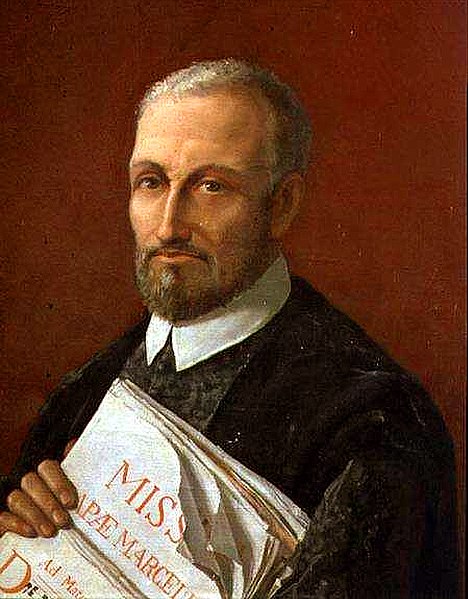 historically and made it all the way to one of the greatest composers of the Renaissance, Giovanni Pierluigi da Palestrina. Palestrina, born in 1525, was not only a supremely talented composer, he also lived during a period of profound social and religious changes. The major one was the Reformation, which started in 1517 with Martin Luther publishing his 95 theses. By the time of Palestrina, it was in full swing and profoundly affecting the Catholic church. Another one was the Sack of Rome. It happened two years after Palestrina’s birth, in 1527, when Rome was pillaged by the renegade soldiers of the Emperor Charles V. As a result, the population of the city fell from 55,000 to just 10,000 (it would grow to about 100,000 by the end of the 16th century). In 1537, aged 12, Palestrina came to Rome and sung in the choir of the Basilica of Santa Maria Maggiore. He then returned to his native town of Palestrina but three years later, in 1540, moved back to Rome, this time to settle for the rest of his life. In 1551, Pope Julius III, who in his earlier life was the bishop of Palestrina, appointed him maestro di cappella of the Cappella Giulia, the second, after Capella Sistina, most important choir in the Vatican. During his life Palestrina held several major musical positions, serving as the maestro di cappella in the papal basilica of San Giovanni in Laterano, in Santa Maria Maggiore, and later in his life, back to Capella Giulia. His first book of masses was published in 1554 and soon after he established himself as the most significant Italian composer of his generation.
historically and made it all the way to one of the greatest composers of the Renaissance, Giovanni Pierluigi da Palestrina. Palestrina, born in 1525, was not only a supremely talented composer, he also lived during a period of profound social and religious changes. The major one was the Reformation, which started in 1517 with Martin Luther publishing his 95 theses. By the time of Palestrina, it was in full swing and profoundly affecting the Catholic church. Another one was the Sack of Rome. It happened two years after Palestrina’s birth, in 1527, when Rome was pillaged by the renegade soldiers of the Emperor Charles V. As a result, the population of the city fell from 55,000 to just 10,000 (it would grow to about 100,000 by the end of the 16th century). In 1537, aged 12, Palestrina came to Rome and sung in the choir of the Basilica of Santa Maria Maggiore. He then returned to his native town of Palestrina but three years later, in 1540, moved back to Rome, this time to settle for the rest of his life. In 1551, Pope Julius III, who in his earlier life was the bishop of Palestrina, appointed him maestro di cappella of the Cappella Giulia, the second, after Capella Sistina, most important choir in the Vatican. During his life Palestrina held several major musical positions, serving as the maestro di cappella in the papal basilica of San Giovanni in Laterano, in Santa Maria Maggiore, and later in his life, back to Capella Giulia. His first book of masses was published in 1554 and soon after he established himself as the most significant Italian composer of his generation.
This Week in Classical Music: November 28, 2022. Rome, yet again (Palestrina). In our previous entry, while discussing composers who had worked in Rome, we were moving
The Council of Trent was called by Pope Paul III in response to the Reformation and lasted from 1545 to 1563. While the most important decision made by the bishops were doctrinal and liturgical, it affected church music as well. Two most important changes were as follows: secular themes for the music were prohibited, as many of the so-called “parody masses” written prior to that were based on secular songs, some with quite provocative lyrics. And the second one had to do with comprehension of the text: the words of the masses had to be understandable.. That was a high order for the polyphonic style of masses, where different voices were sung in different rhythm and different registers. That often made the text practically incomprehensible. Palestrina is often considered the “savior” of the polyphonic mass: his Missa Papae Marcelli convinced Carlo Borromeo, one of the leading counter-Reformation cardinals, that the words of a polyphonic mass can be intelligible. Here are Sanctus and Benedictus from Missa Papae Marcelli, performed by the Tallis Scholars.
Palestrina wrote more than 100 masses and many more madrigals and motets. He was considered the ideal Catholic composer and his fame spread all over Europe, even to the Protestant countries. We have several pieces by Palestrina in our library and here are two of them. First, the Kyrie section of his mass Benedictus Es, published in 1593. As the recording of Missa Papae Marcelli, It’s performed by the Tallis Scholars. And here, performed by the same ensemble, is Palestrina’s Missa Nigra Sum. The whole mass runs for about 35 minutes. We think it’s worth your time.Permalink